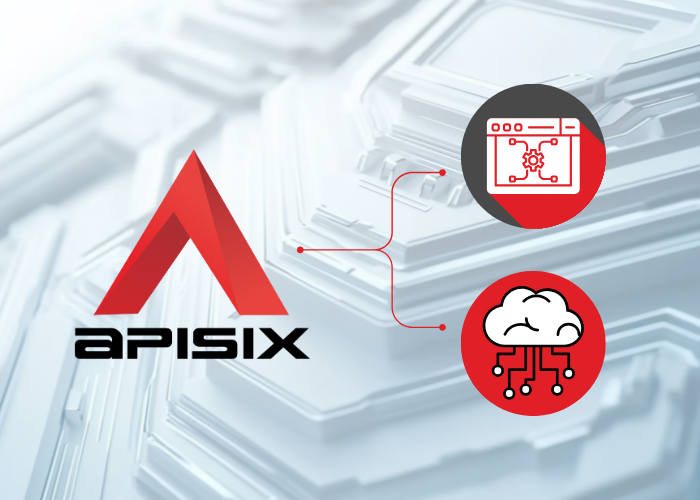Reducing Integration TCO
As the people, processes and technology around integration continue to mature, the cost of yesterday’s capabilities continues to decrease whilst today’s possibilities grow. For many companies the operational costs associated with their integration capabilities may no longer represent good value, particularly for those who have not revisited this for a while.
Whilst reducing the costs associated with integration can be a common driver for activity, this also represents a great opportunity to bring additional capability to your organisation to create more value.
Benefits of reducing TCO
It may seem obvious to say that the key benefit is to reduce costs, but it’s important to note that a cost reduction exercise can also yield additional benefits


Improve the competitiveness of your organisation by reducing time to market
Improve the resilience and availability of your systems by leveraging modern technologies
Improve the capability and potential of your digital offering
Reinforce the value of your digital agility to the business side of your organisation
How to reduce integration costs
Organisations seeking to reduce TCO in their IT and business operations typically engage in a number of activities. Ensuring that architectural principles are aligned to operational cost savings is an important first step as it is core to driving selection processes for technologies and services. Reducing complexity in implementations, documentation and support processes is as important as reducing duplication in services and technologies employed in the organisation.
An organisation’s approach to integration and decoupling integrations from specific vendor API implementations allows the organisation more flexibility in terms of systems choices when costs scale. This enables the organisation to assume and treat change as a constant. Being tightly coupled to a vendor’s API for an ERP or CRM system can often make underlying integrations a perceived barrier to changing the backend system.
Integration capability and an organisations API architecture should be a key enabler to ongoing reduction in TCO in the organisation. Architected correctly, the organisation should be able to seek opportunities to automate business processes wherever possible as this has always been a key area to reduce costs in business processes. The key for many organisations that do this well is not about reducing people costs but freeing up time for skilled employees in key business processes to work on things that make the organisation more competitive. This may be in enhancing the customer experience or other activities that bring value to the organisation.
Warning: Array to string conversion in /home/yjotjtrw/public_html/wp-includes/general-template.php on line 185
Warning: Undefined array key "colour" in /home/yjotjtrw/public_html/wp-content/themes/chakray-2021/template-parts/quiz-banner/full-width-banner.php on line 6


How do organisations get it wrong?
When organisations fail in these activities it is generally because they are focused in the wrong areas or have incorrect/unvalidated assumptions with respect to how they are calculating their TCO. Some examples might include:
- Solely considering the employee costs in a process and missing the technology and systems that support the employee
- Focussing on a technology costs like the license or subscription and missing the productivity gains a more expensive technology brings
- Addressing part of a processes removing a cost but not seeing that cost reintroduced later in the process i.e. just moving the problem into another functional area and budget
Another key mistake is where an almost laser focus on cost sees the organisation miss value. Most often value in the people currently managing manual processes, their knowledge of the business process, the customer and how they can add more value to the organisation with the time that has been freed up in automating a manual process.
Taking a lower cost approach can ultimately end up compromising the business in terms of experience or brand if the foundations for reducing TCO aren’t in place. Organisations need to treat reducing TCO as an ongoing initiative not a one time activity. Moving to consumption based pricing in a service may start as a no brainer activity against a large annual subscription. If you’re not frequently monitoring and tuning those consumption costs, they can eventually get out of hand.


How Chakray help reduce your TCO
Chakray can work with organisations in many ways to help lower your integration costs.
If you want to explore what is possible and how it can be achieved, we can provide you with consultancy to understand your current costs, capabilities and value and map this to a refined state. If you have already identified specific activities to lower your costs, such as a system migration or automation, we can provide technical experience to implement these successfully.
At Chakray, we help organisations establish the right foundations both in strategy terms and in terms of building their operational integration capability. This enables organisations to ongoing leverage the opportunities they have to automate key business processes and reduce their operating costs.
Get in touch
Talk to our experts
Contact our team to discuss your initiatives and find out how Chakray can help deliver your successful outcomes.
Get in touch









